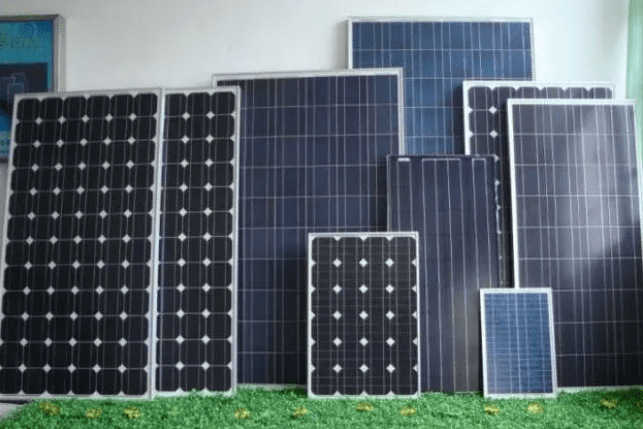The era of 700W+ solar modules may be imminent as six leading PV manufacturers, including Trina Solar, Canadian Solar, Risen Energy, TCL Zhonghuan, Tongwei, and Astronergy, jointly announced an initiative to promote the standardized design and application of 700W+ PV modules.

The core of this initiative focuses on providing clarity to the specifications of large-format solar modules. As per the agreement, the design of 700W+ PV modules across all units will adhere to the current standards, maintaining dimensions of 2384mm×1303mm and installation hole specifications. This includes long-side hole distances of 400mm and 1400mm and an additional 790mm hole.
The standardization of solar modules has been a focal point in recent years.
In July of this year, nine first-tier module companies, including LONGi, JA Solar, Trina Solar, and GCL SI, issued a joint statement, reaching a consensus on the standardization of module dimensions for rectangular wafer-based modules, specifically 2382mm*1134mm.
One month later, six PV companies, including Canadian Solar, Risen Energy, LONGi, Tongwei, DAS Solar, and Astronergy, announced a consensus on the dimensions of rectangular silicon wafers, using 182.2mm*191.6mm for the margins and 262.5mm for the diameter.
An industry insider commented that inconsistent sizes lead to a significant increase in non-technical costs. Therefore, the industry continuously explores standardization from silicon wafers to modules to alleviate the burdens on the upstream and downstream of the industry chain and the design of solar farms.
However, notable changes in this 700W+ joint initiative include the absence of companies like LONGi, JinkoSolar, and JA Solar, known as the “182 mm camp” module companies.
Another noteworthy change is the inclusion of TCL Zhonghuan. As a major supplier of G12 (210mm*210mm) silicon wafers, large-sized silicon wafers are a crucial means of increasing module power.
Industry analysts suggest that this is primarily due to differing product strategies among companies.
The debate over whether “bigger is better” regarding silicon wafer/module size has been ongoing.
Still, the consensus remains that increasing power brings economic benefits downstream. The goal for module companies is to achieve higher power generation on less land area.
In August of this year, Trina Solar announced the early mass production of its Vertex n-type 700W+ module based on the n-type i-TOPCon technology, coupled with the application of 210 mm technology.
According to the company’s empirical data, considering a ground-mounted project with an installation capacity of 3.2 MWac in Qinghai Province, the Vertex n-type 700W series modules can save BOS costs by RMB 0.0424/W compared to ordinary n-type modules, reducing costs by 5.8%.
In the field of HJT technology, companies like Risen Energy, Huasun, and Tongwei have already introduced 700W+ module products to the market.
Risen Energy’s Hyper-ion HJT module achieves a maximum power of 741W. As part of Huasun’s plan, by 2025, through the combination of HJT, perovskite, and 210 mm wafers, the goal is to achieve a module power of 800W+.
“Advancing the industry through improved module efficiency and power to reduce LCOE has become an inevitable trend,” several companies jointly stated in this initiative.


